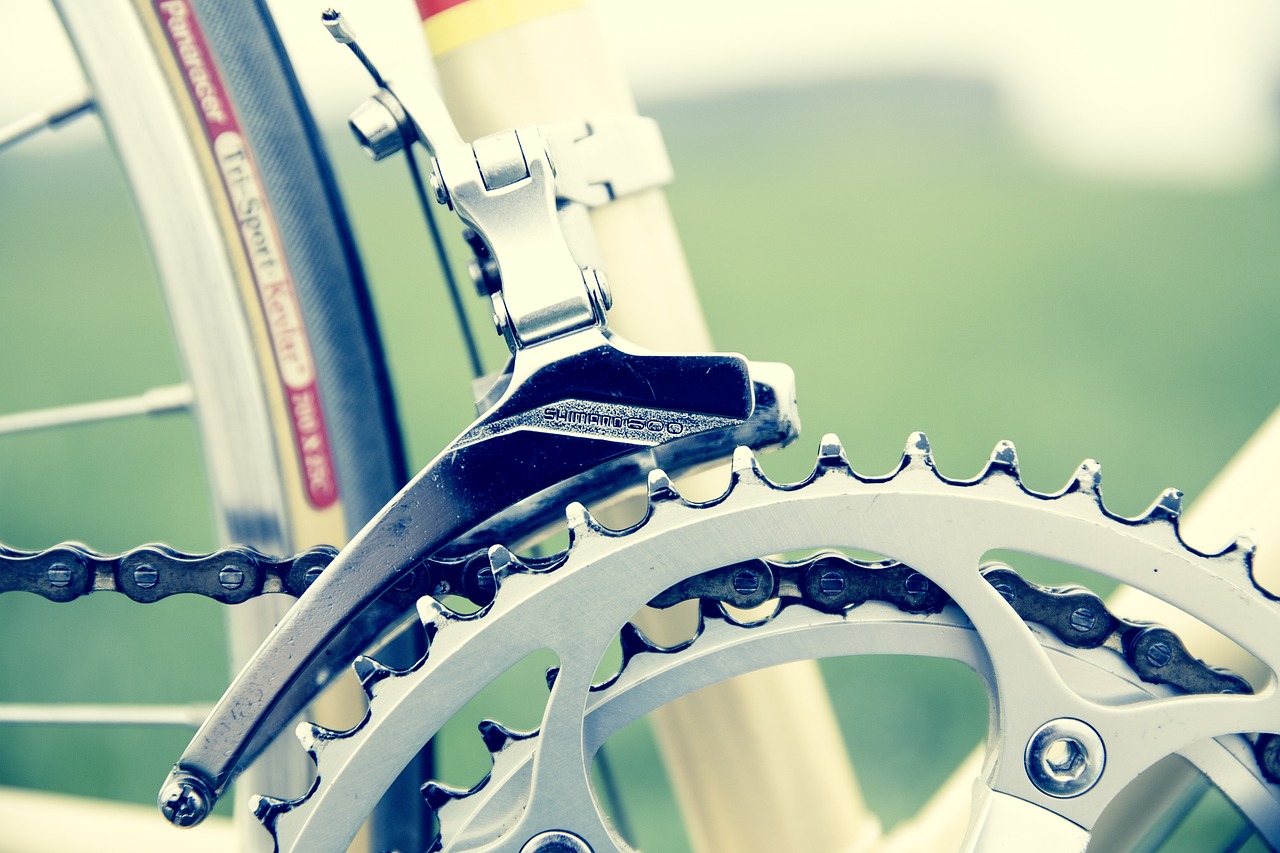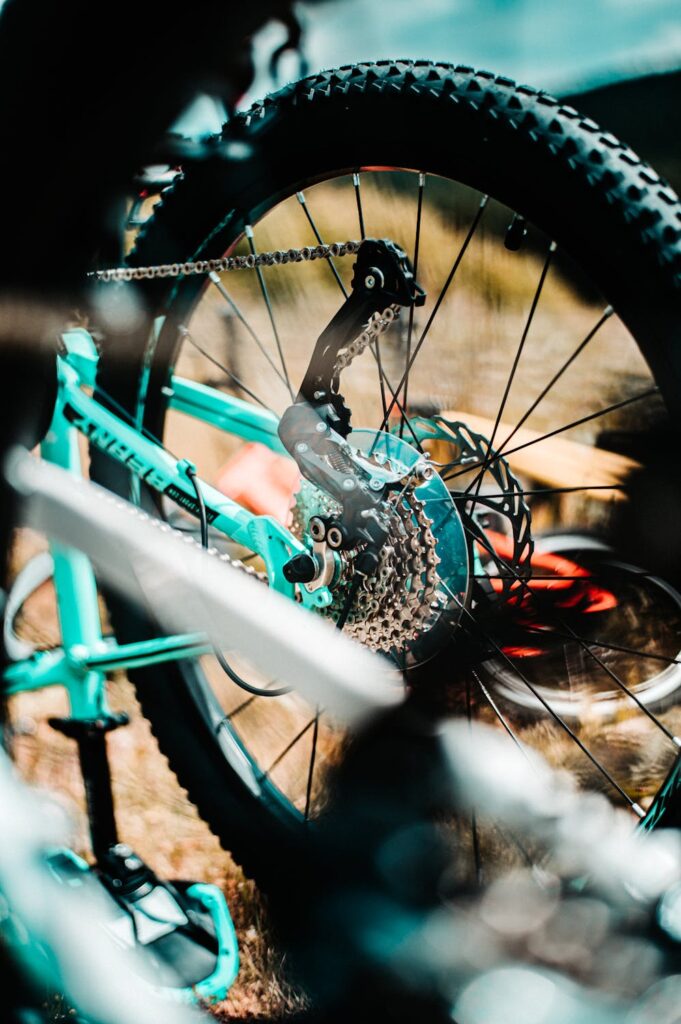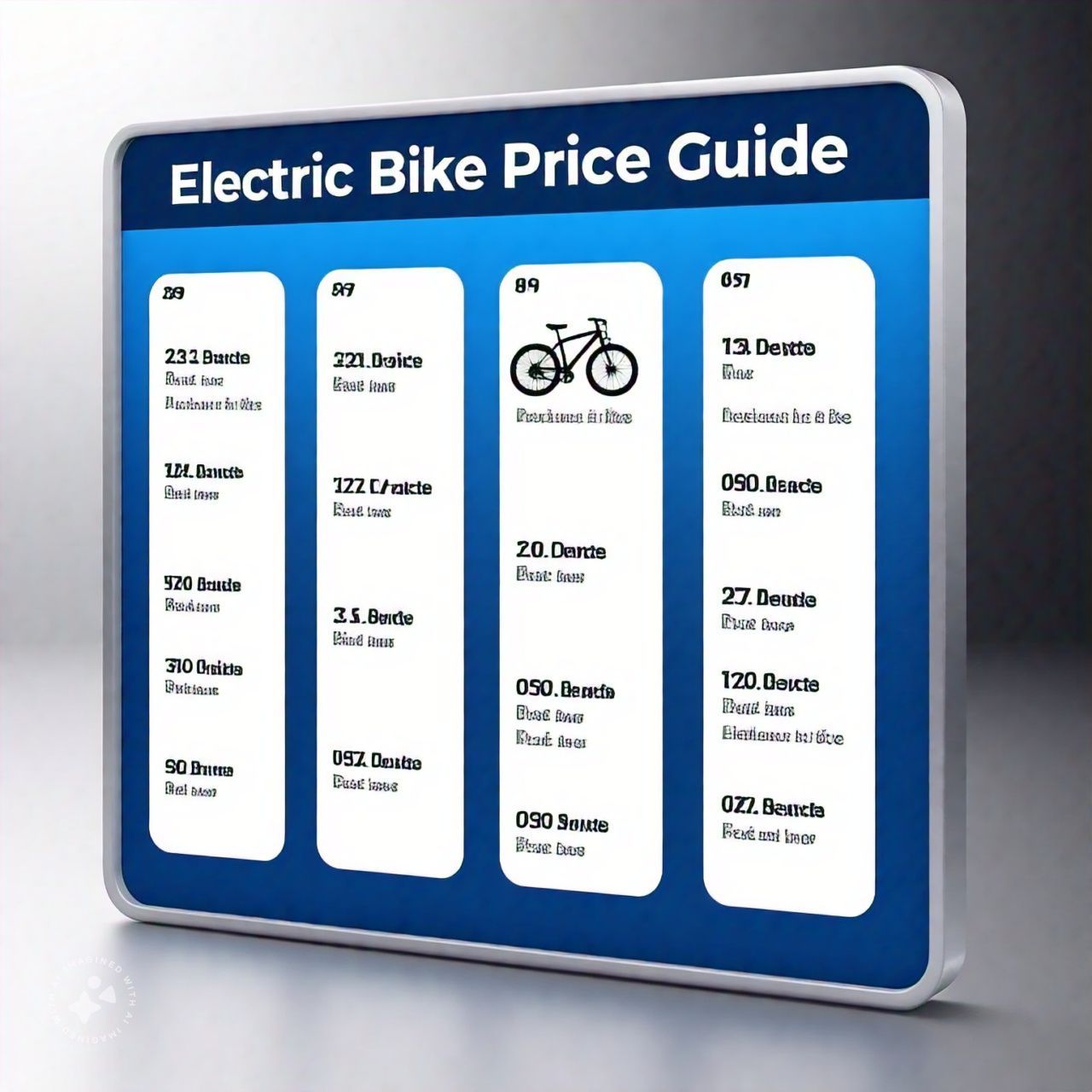
Electric bikes (e-bikes) are becoming increasingly popular due to their ease of use and environmental benefits. For beginners, understanding how to ride an e-bike with gears can seem daunting, but it’s quite straightforward once you get the hang of it. This guide will take you through the basics, from selecting the right gear to riding efficiently.
Why Gears Matter
Gears on an e-bike allow you to adjust the bike’s resistance to pedaling, making it easier to navigate different terrains. Lower gears are ideal for climbing hills, while higher gears are best for flat surfaces and downhill riding. Understanding how to use gears effectively can enhance your riding experience and extend the battery life of your e-bike.
Choosing the Right E-Bike
Before you start, ensure you have an e-bike that suits your needs. Consider factors such as the type of terrain you’ll be riding on, the distance you’ll travel, and your comfort level. Many e-bikes come with multiple gears and pedal-assist levels, giving you flexibility and control over your ride.
Getting Started

- Familiarize Yourself with the Controls:
- Locate the gear shifters, usually found on the handlebars. The left shifter typically controls the front gears (if your bike has them), and the right shifter controls the rear gears.
- Identify the pedal-assist settings, which control how much the electric motor assists you while pedaling.
- Start in a Low Gear:
- Begin your ride in a low gear. This makes it easier to pedal and get the bike moving, especially if you’re starting on a flat surface or uphill.
- Pedal and Shift Gears:
- As you pedal, gradually shift to higher gears as you gain speed. Shift gears one at a time and try to maintain a steady pedaling cadence.
- If you encounter a hill, downshift to a lower gear before you reach the incline. This will make it easier to climb without straining your legs or the motor.
Using Pedal Assist
Pedal-assist levels on e-bikes range from low to high. Start with a lower assist level to get used to the sensation. As you become more comfortable, you can increase the assist level for added power, especially on hills or longer rides. Remember that higher assist levels consume more battery power, so use them judiciously.
Practice Makes Perfect
- Find a Safe Place to Practice:
- Choose a quiet, flat area to practice shifting gears and using pedal assist. This could be an empty parking lot or a quiet residential street.
- Ride at Your Own Pace:
- Take your time to get used to the controls. Practice shifting gears and adjusting pedal assist until it becomes second nature.
- Stay Relaxed:
- Keep a relaxed grip on the handlebars and stay seated. Stand up only when necessary, such as when going over bumps or climbing steep hills.
Maintenance Tips

- Regularly Check Your E-Bike:
- Ensure the battery is fully charged before each ride.
- Check the tire pressure, brakes, and gear system regularly.
- Clean Your E-Bike:
- Keep your e-bike clean, especially after riding in wet or muddy conditions. Clean the gears and chain to ensure smooth operation.
Conclusion
Riding an electric bike with gears is a fantastic way to explore your surroundings with ease and efficiency. By understanding how to use gears and pedal assist, you can make your rides smoother and more enjoyable. Remember, practice makes perfect, so take your time to get comfortable with your e-bike and its controls. Happy riding!
FAQs
Q: How do I know which gear to use? A: Use lower gears for climbing hills and higher gears for flat terrain and descending hills. Adjust based on how comfortable your pedaling feels.
Q: Can I shift gears while stationary? A: It’s best to shift gears while pedaling. Shifting while stationary can cause the chain to slip or damage the gear system.
Q: How often should I charge the battery? A: Charge your e-bike battery after each ride to ensure it’s ready for your next journey. Avoid letting the battery completely drain before recharging.
By following this guide, you’ll be well on your way to mastering your electric bike with gears, enjoying the ride, and exploring new destinations.


